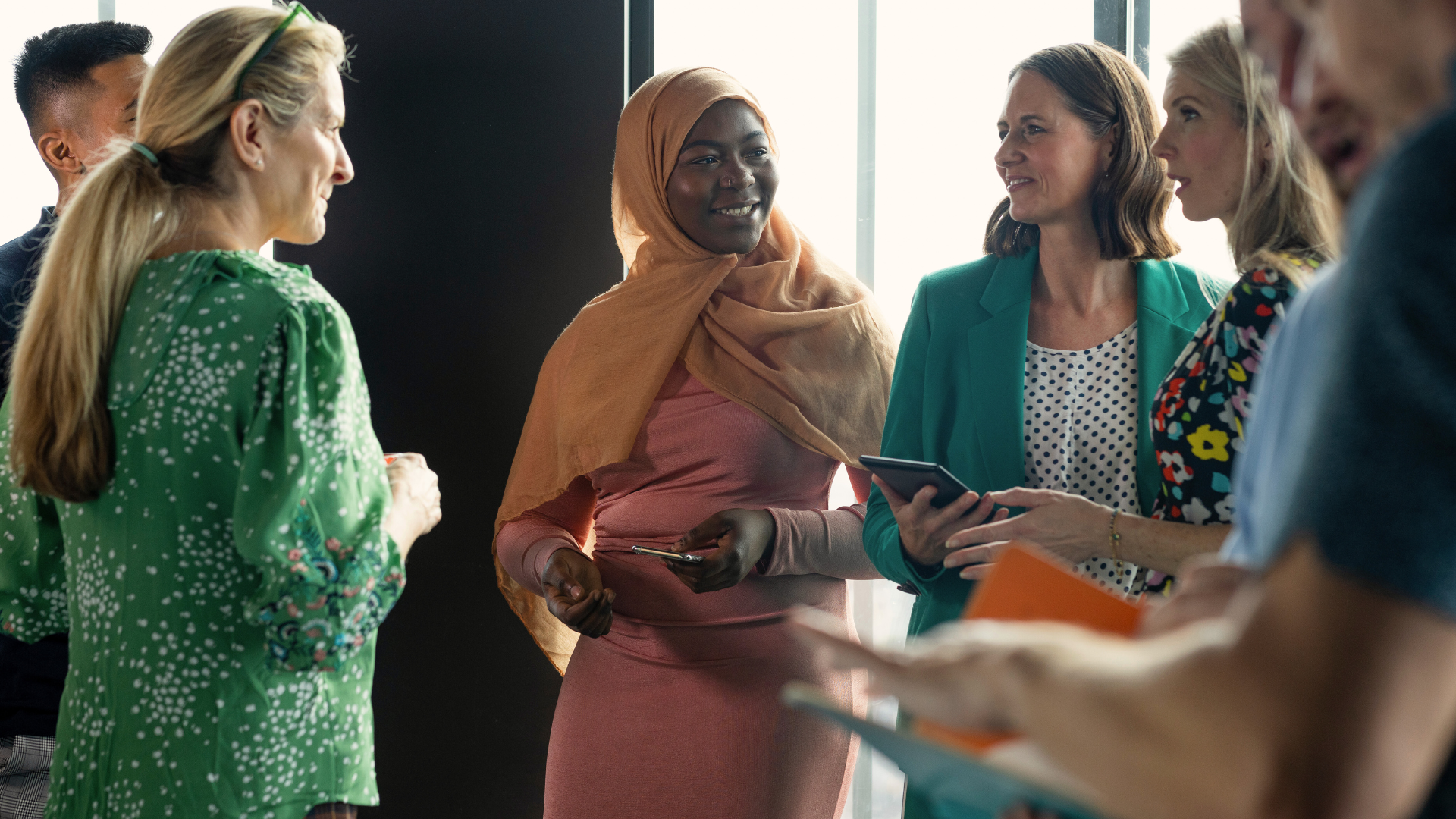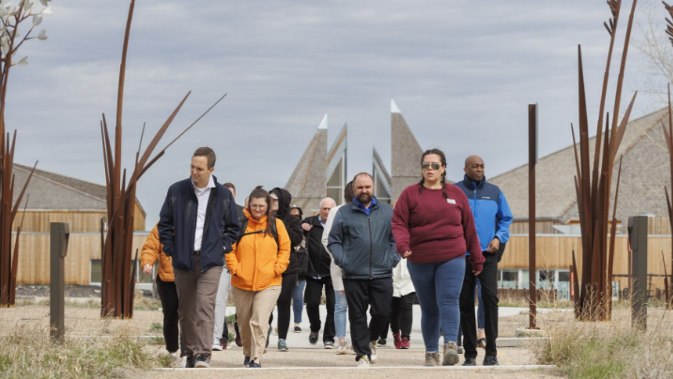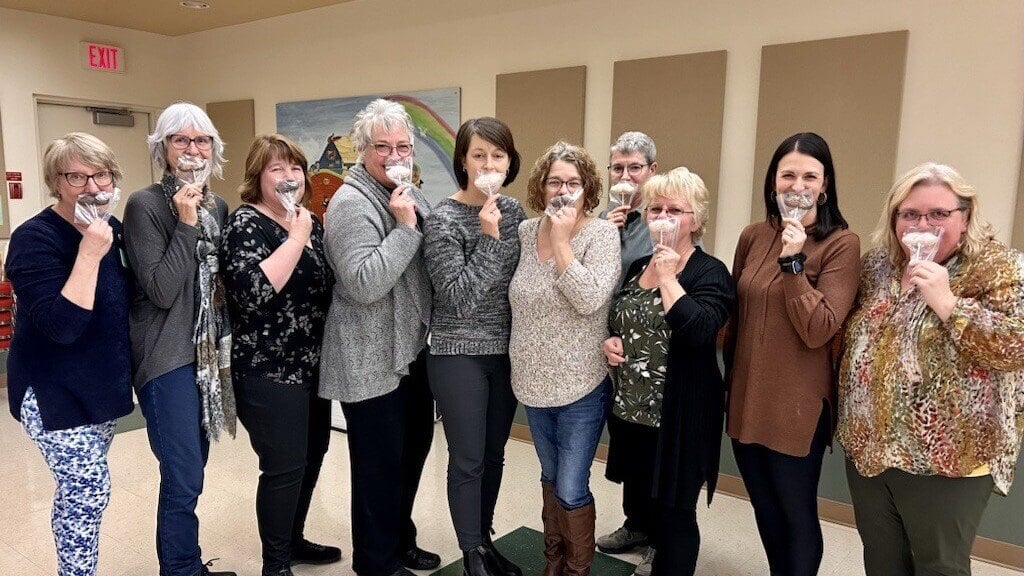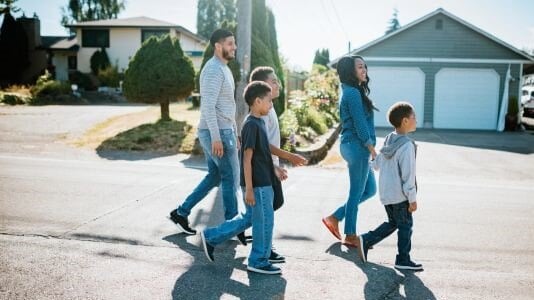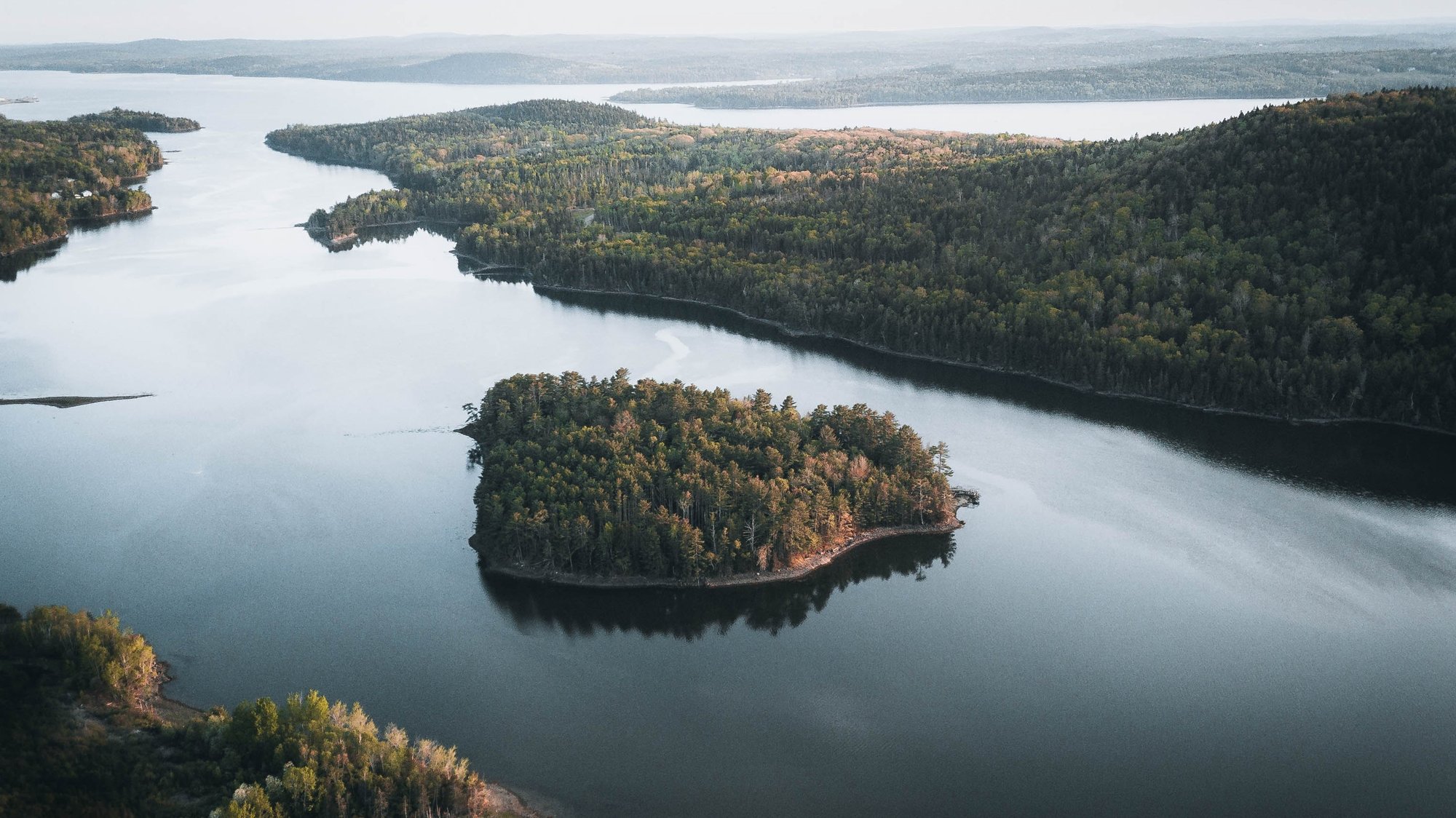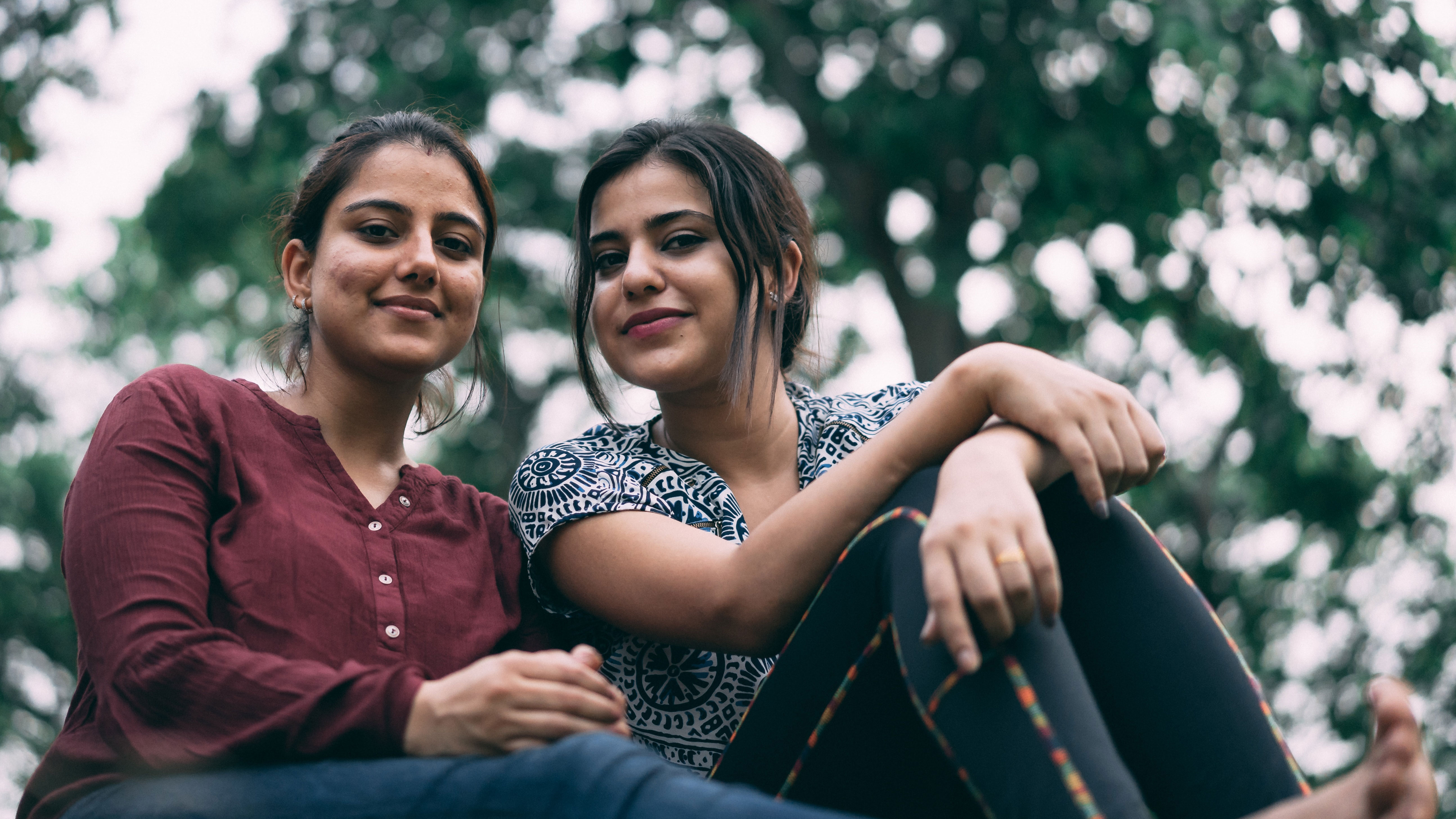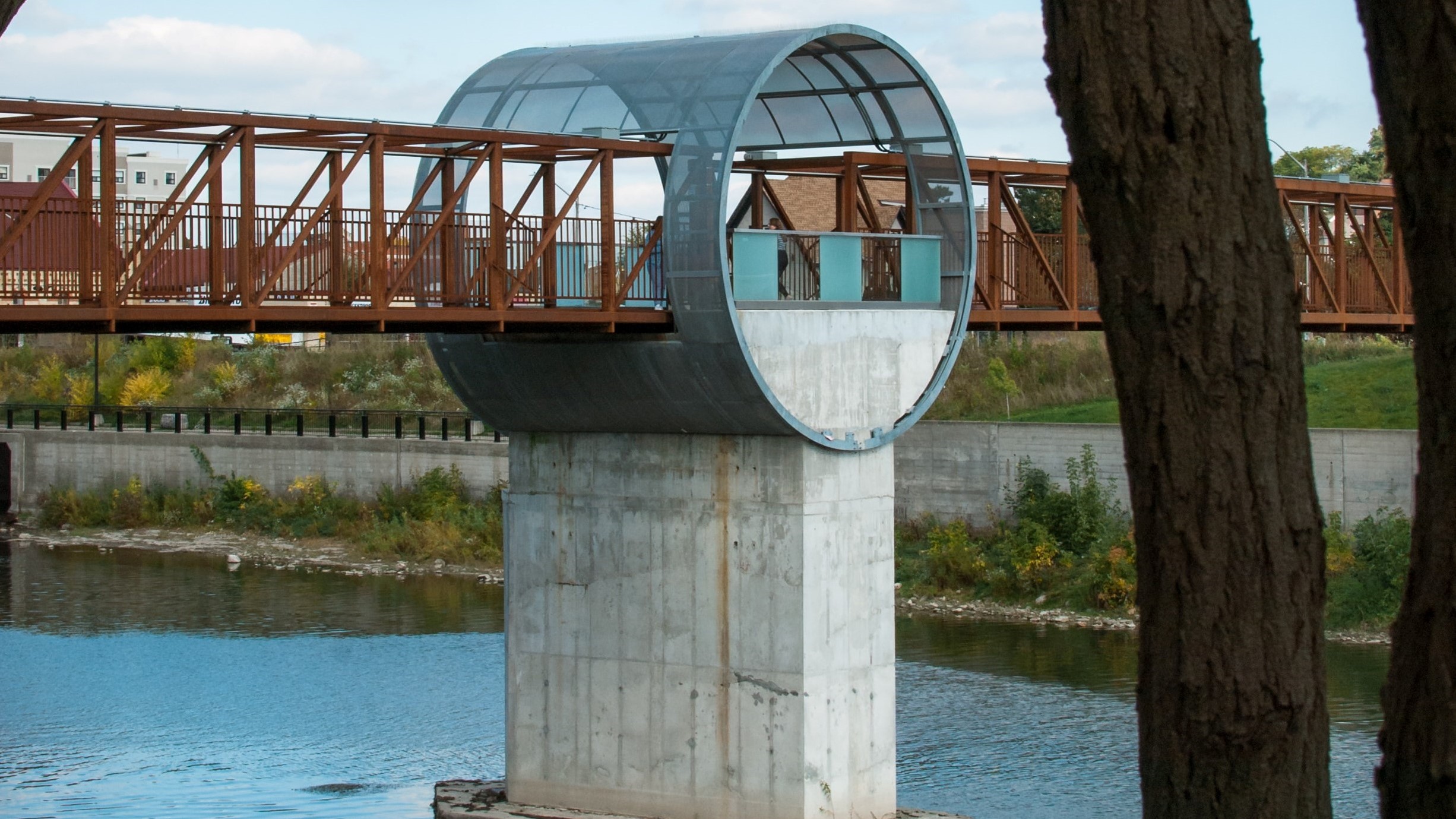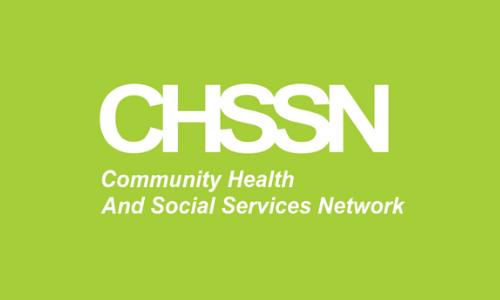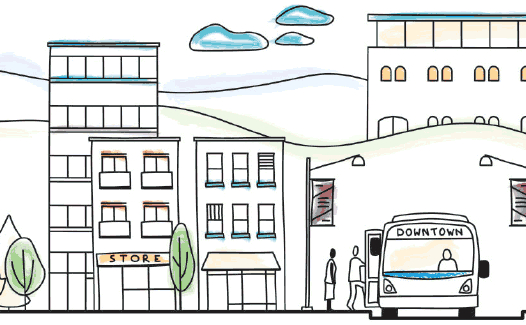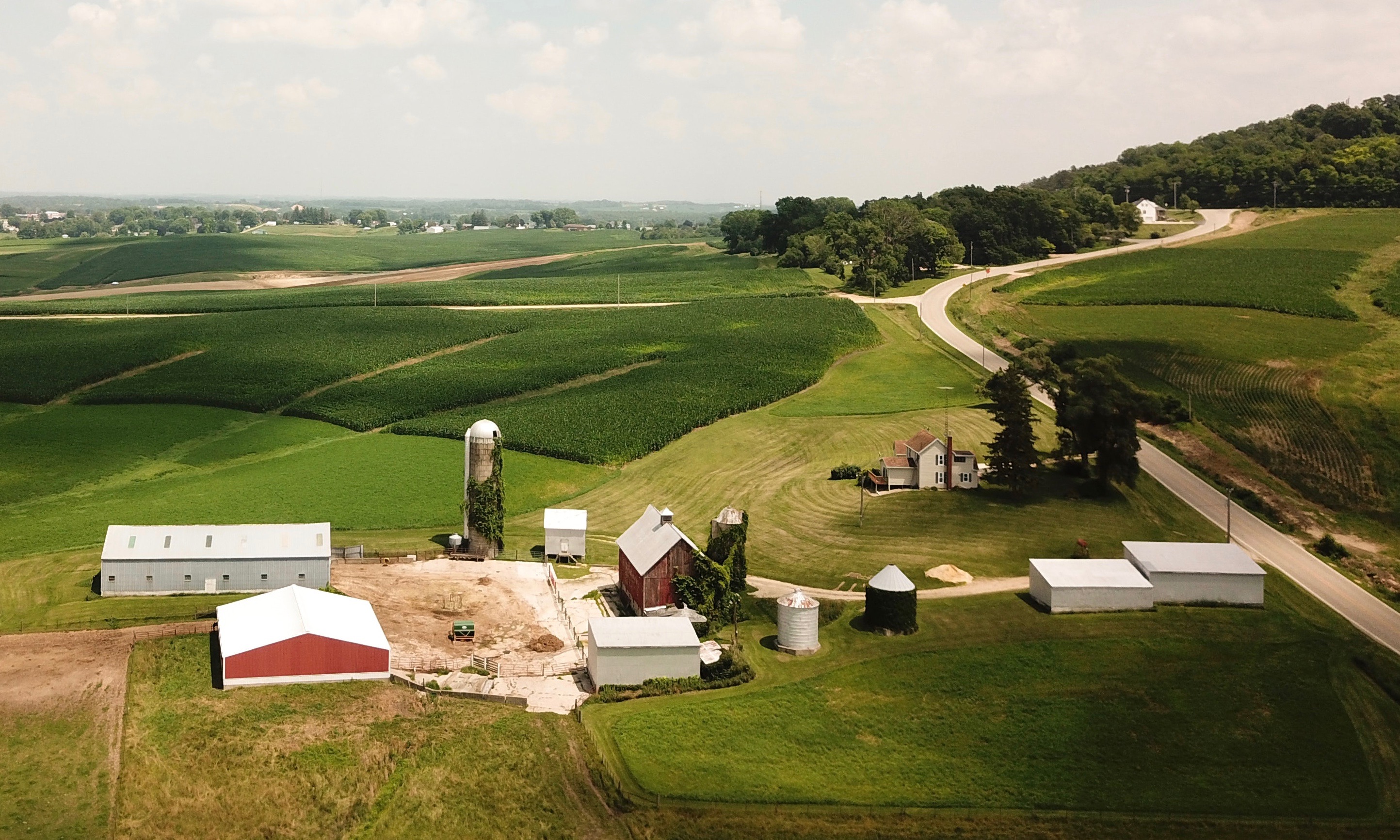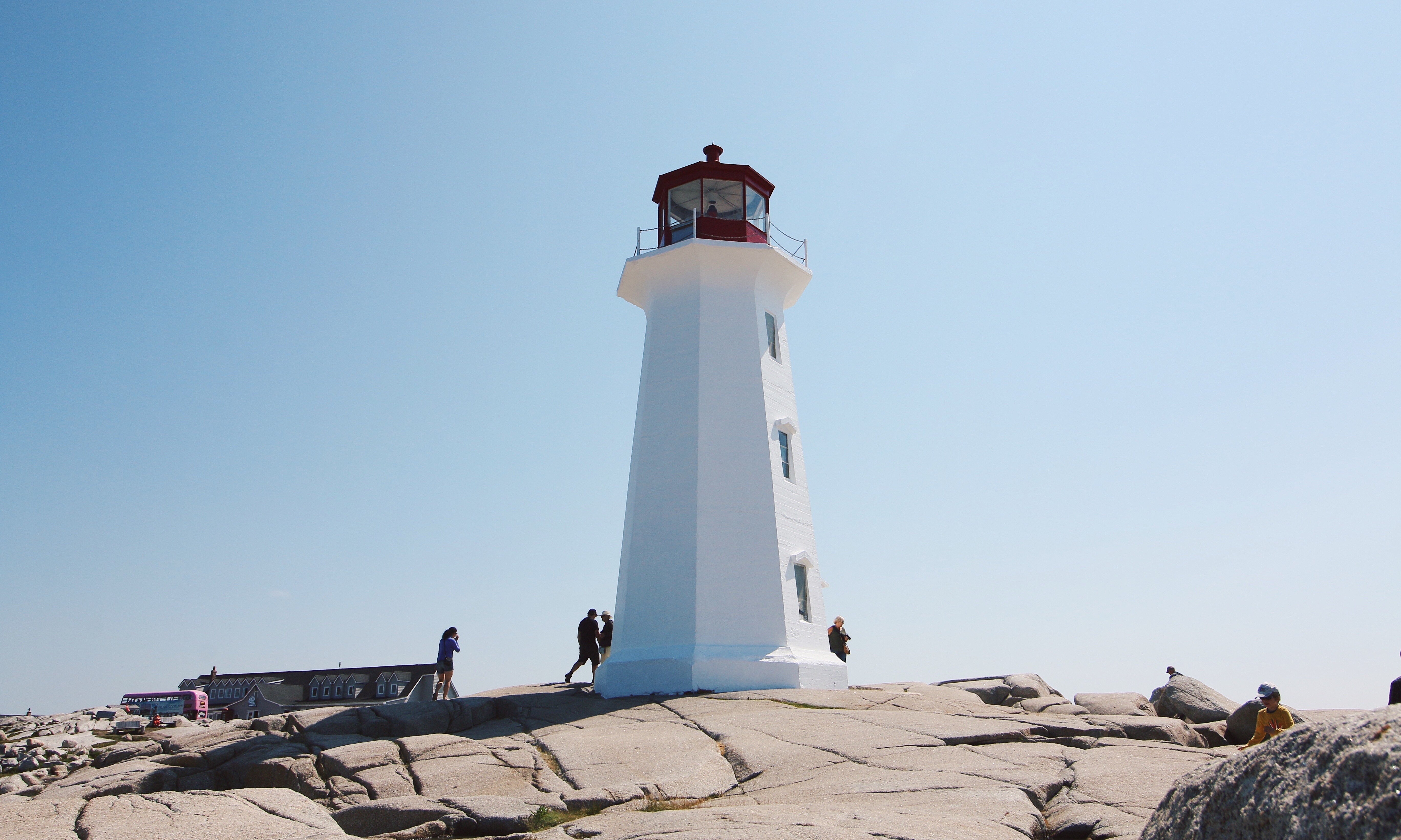For the last three years, matriarchs in Deshkan Ziibiing (Chippewas of the Thames First Nation) have worked together on Our Ancestors’ Wisdom — a pilot legislative process which uses Indigenous ways of connecting with family systems and the seasonal rhythms to guide the process of creating a child-centred law, expressed as a song and gifted to the children first.
It’s the first Indigenous Law in conjunction with their Chi-Inaakonigewin and is critical to Indigenous sovereignty — directly connected to the Truth and Reconciliation Commission Calls to Action no. 50:
In keeping with the United Nations Declaration on the Rights of Indigenous Peoples, we call upon the federal government, in collaboration with Aboriginal organizations, to fund the establishment of Indigenous law institutes for the development, use, and understanding of Indigenous laws and access to justice in accordance with the unique cultures of Aboriginal peoples in Canada.
Brenda Young, Director of Justice in Deshkan Ziibiing, describes Indigenous Law as different than any other law (as the modern society knows it); meaning it is so much more than just words on paper. It is an intricate system of knowledge based on learning and doing at the same time; something you feel in your heart, something you hear in Anishinaabemowin, something you see through Ancestors’ eyes, something you implement daily with intention, and something that can be expressed through many powerful forms. Anishinaabe Laws are in our songs, stories, language, ceremonies, natural law, customs, and traditions.
The Tamarack Institute accompanied the Matriarchs to co-develop a participatory evaluation framework to be used to reflect on the law-making process so that the learnings can be incorporated into future Indigenous law-making. Participatory evaluation involves people — like beneficiaries and partners — in understanding outcomes and impacts, rather than evaluation being done by someone outside the project.
The final report, written by Brenda Young, explains the importance of Indigenous law and details the:
-
Background and project framework
-
Key hypothesis for their Indigenous law-making
-
Review of goals and results for each year
-
Summary of the participatory evaluation and learnings for future law-making
-
Minogi’aawaso (Raise Children in a Good Way)
Please note: This is an overview of what was done in Deshkan Ziibiing. This is not the only way to develop Indigenous Law. This process was developed by applying Anishinaabe ways of life into a format that could work for law-making in their context.
Learn more:
-
Take the Foundations of Participatory Evaluation online course



